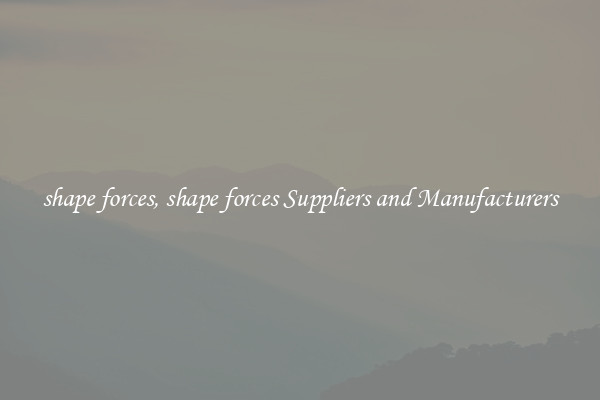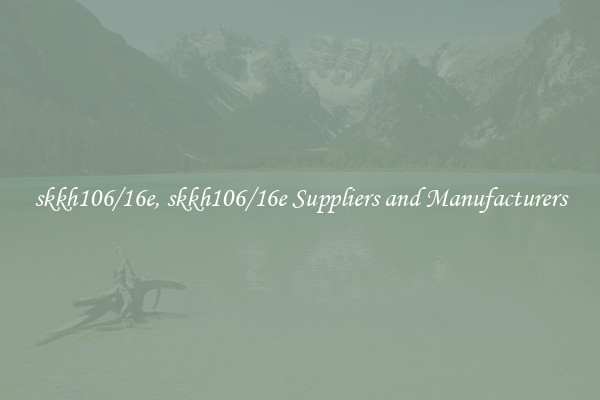shape forces, shape forces Suppliers and Manufacturers
Shape forces, also known as shape-memory forces or shape-memory alloys, have revolutionized industries with their unique ability to change shape and revert to their original form. These forces have found applications in a wide range of fields, including aerospace, automotive, medical, and consumer electronics. Shape forces are derived from shape-memory materials, predominantly shape-memory alloys, which exhibit a unique ability to "remember" and recover their original shape after being deformed.

Shape forces are typically made from shape-memory alloys such as nickel-titanium (NiTi) or copper-aluminum-nickel (CuAlNi). These alloys undergo a phase transformation when heated or cooled, causing them to change shape. When subjected to external stimuli like temperature, stress, or magnetic fields, shape-memory alloys exhibit a remarkable ability to return to their original shape, making them ideal for applications that require repeated cycles of deformation and recovery.
The applications of shape forces are vast and varied. In aerospace, shape forces are used for wing morphing and shape control, allowing for improved performance and fuel efficiency. In the automotive industry, shape forces enable the development of self-repairing car body panels that can regain their original shape after an impact. In the medical field, shape forces are widely used in stents, orthopedic implants, and dental wires, where their shape-changing properties can adapt to the body's movements and provide enhanced comfort and functionality.
Suppliers and manufacturers play a crucial role in the production and distribution of shape forces. These companies possess the expertise and technology needed to fabricate shape-memory alloys and convert them into useful components. They need to carefully select and process the shape-memory alloys to ensure optimal performance and reliability. Quality control measures are essential to guarantee the shape forces' durability and shape recovery characteristics.
Suppliers and manufacturers of shape forces are spread worldwide, with various companies specializing in different aspects of the production process. Some companies focus on the manufacturing of shape-memory alloys themselves, ensuring that the alloys meet the required specifications. Other companies specialize in fabricating shape forces, offering customized solutions to meet specific industry needs.
In recent years, with the growing demand for shape forces, the market has witnessed an increase in the number of suppliers and manufacturers. This competition has led to advancements in material processing techniques, resulting in improved shape-memory alloys and more reliable shape forces. Furthermore, companies are investing in research and development to explore new applications and expand the scope of shape forces.
In conclusion, shape forces derived from shape-memory alloys have revolutionized industries by offering unique shape-changing properties. Suppliers and manufacturers play a vital role in the production and distribution of shape forces. With advancements in technology and growing demand, the future of shape forces looks promising, with endless possibilities for innovation and application.

View details

View details

View details

View details








